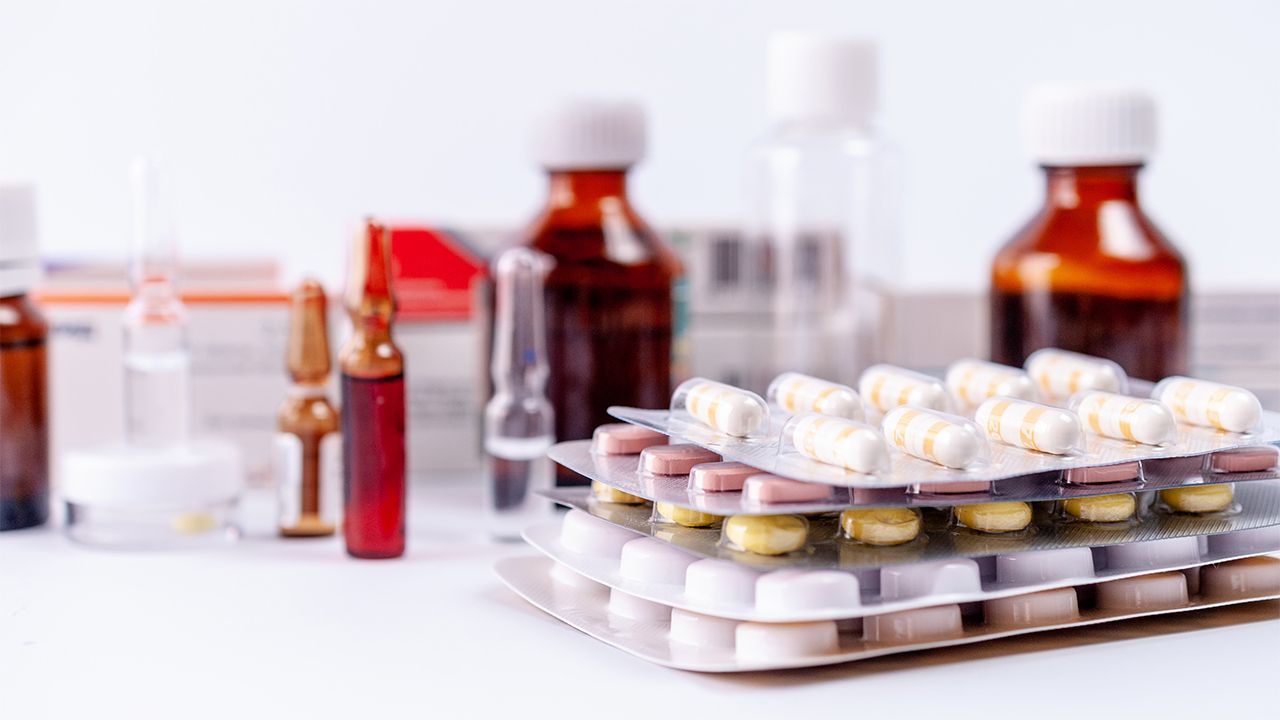Source: Link Testing Instruments Co.,Ltd.

There are many types and forms of pharmaceutical products. Most of them are sensitive to oxygen and are easily oxidized and deteriorated, causing discoloration and odor. This not only affects the efficacy of the product, but also produces toxic and harmful substances produced by oxidation that can even be life-threatening. Products containing hydroxide, Medicines containing calcium salts and other ingredients can easily absorb carbon dioxide and form carbonates. In order to minimize the amount of oxygen and carbon dioxide that pharmaceuticals are exposed to, oxygen- and carbon dioxide-sensitive pharmaceuticals are usually packaged in packaging methods such as vacuuming and filling with inert gases such as nitrogen to reduce the oxygen and carbon dioxide content in the packaging. However, vacuum packaging and nitrogen-filled packaging cannot completely eliminate or replace the gas inside the package, and the packaging material has certain breathability, so a certain amount of oxygen and carbon dioxide will always remain in the package, and the content of the gas components is not static. , will increase with the extension of drug storage time. Monitoring the residual oxygen and carbon dioxide content in the packaging is not only one of the effective means to ensure good drug quality, but also can be used as a basis for determining the shelf life.
At present, there is no China domestic method standard specifically for the detection of gas component content inside packaging. The detection standard referred to in this article is GB/T 6285-2003 "Electrochemical Method for Determination of Trace Oxygen in Gases".
The test instrument used in this test is the LTDK-190 headspace gas analyzer independently developed and produced by Jinan Link Testing Instruments Co., Ltd.
Test principle: The gas inside the package flows through the oxygen sensor and carbon dioxide sensor configured in the Instrument through the sampling device, thereby measuring the oxygen content and carbon dioxide content in the gas in the package. The sampling device of the Instrument includes a sampling needle and a gas collection device. For pharmaceutical products packed with nitrogen, the gases in the packaging are mainly nitrogen, oxygen and carbon dioxide. By testing the contents of oxygen and carbon dioxide, the nitrogen content can be obtained.
Test samples and test procedure
Test sample: A certain brand of injection ampoule packaging was used as the test sample.
Experimental procedure:
1. Set parameters: Set sampling time, analysis time and other test parameters on the Instrument control panel.
2. Collect gas: Place the ampoule sample to be tested in the gas collection device, open the sample carefully, and the gas in the bottle will be collected in the gas collection device.
3. Test: Carefully insert the sampling needle into the gas collection device, click the test button, and the test starts. The instrument absorbs the sample gas in the collection device and analyzes it. After the test is completed, the device automatically displays the test result.
The test results are oxygen content and carbon dioxide content.
Test results and analysis
The oxygen content in the ampoule sample tested this time is 0.96%, and the carbon dioxide content is 0.08%. If the gas filled in the sample is high-purity nitrogen, the nitrogen content in the bottle is 98.96%.
For more details please visit www.linktesting.org